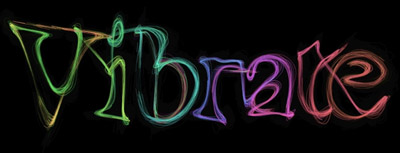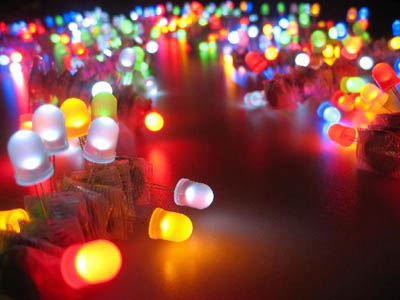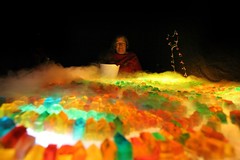Looking over my last several entries I couldn’t help but notice a pattern of vivid, glowing, colorful things. I guess I just like the bright and shiny. And really, who doesn’t? But it reminded me of a phrase my friend David Oppenheimer told me years ago upon returning from a trip to Nepal. He had learned that the Nepali language has this interesting property, where a word can be pluralized or emphasized by repeating it, but changing the first letter. Like how in English, you can say “taxes, schmaxes!” Except that there’s a certain pattern to which letters change into which other letters. It was totally fascinating to a linguistics-minded kid like me. I’m probably misremembering the details, but it was cool.
Anyway, the example he used was the word rang, which means “color”. Double the word and change the first letter, and you get rangi-changi, which means “splendor, display”. The word cij, “thing”, becomes cij-bij, “things”. Put it all together, and you can make rangi-changi-cij-bij, which loosely translates to “a whole mess of colorful stuff”.
So that’s the new name of my blog. A whole mess of colorful stuff, transliterated crudely from Nepali to English so you can enjoy how it rolls off the tongue: Rungy Chungy Cheese Bees! Say it loud! Okay, maybe not that loud, people are staring.



